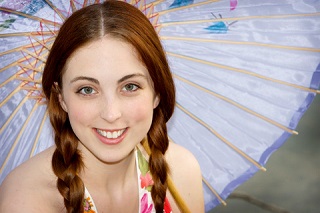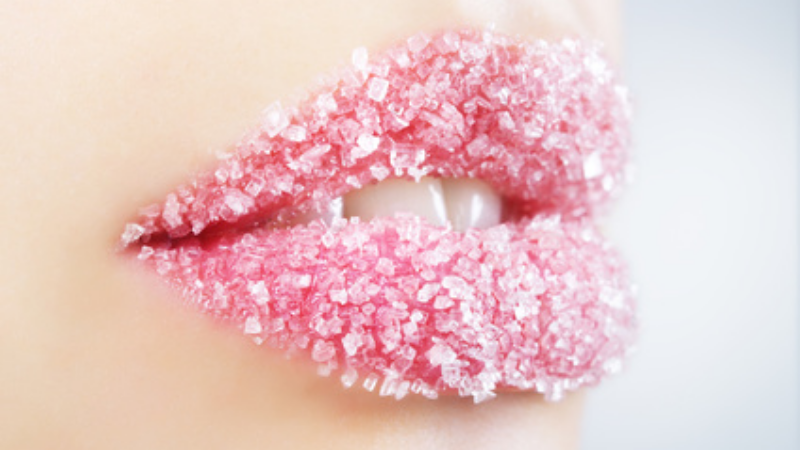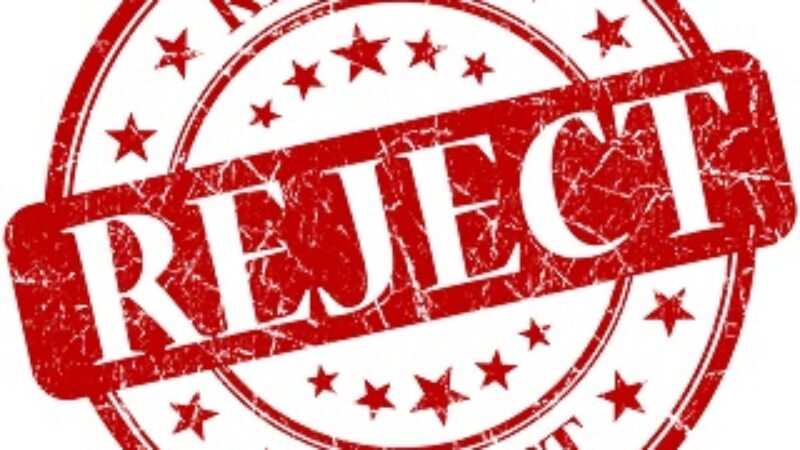Benign Summer Light Eruption, or BSLE, is a common sun allergy that usually presents itself as small, red spots accompanied by extreme itching. Despite the name, Benign Summer Light Eruption does not occur only the summer. It is believed that the trigger to this condition is prolonged exposure to UV rays, and in particular UVA rays. Typically appearing 2 to 3 days after initial exposure to the sun, the rash tends to decrease after 5 to 14 days. However, chances of recurrence are high.
Approximately 10 to 20 per cent of the population experience Benign Summer Light Eruption, mostly women between the ages of 15 and 25. The main areas of the body affected are the neckline, the upper chest, arms and legs. One of the distinguishing features about this condition is that the face is usually free of the rash. BSLE differs from heat rash in that the latter condition develops when sweat ducts become blocked and perspiration is trapped under the skin. Although a red rash also appears with heat rash, this tends to be limited to skin folds or wherever clothing causes friction.
Primary treatment of Benign Summer Light Eruption is prevention via effective sun protection. Its impact may be minimized by following these sun-smart guidelines:
- Choose a stable, broad spectrum UVA/UVB blocking sunscreen with a high protection factor and reapply every two hours. Select from our wide selection of Anthelios sunscreens.
- Layer an antioxidant under your sunscreen. Antioxidants neutralize harmful free radicals generated by UV rays. Apothekari Undercover Agent Vitamin C/E/Ferulic Acid Serum contains an effective combination of ingredients and may be used by all skin types.
- Avoid the sun during its peak hours between 10am and 4pm
- Seek shade wherever and whenever you can
- Wear protective clothing
Follow the above tips and you’ll be less likely to develop BSLE, sunburn or heat rash this summer or on your next warm weather holiday.



